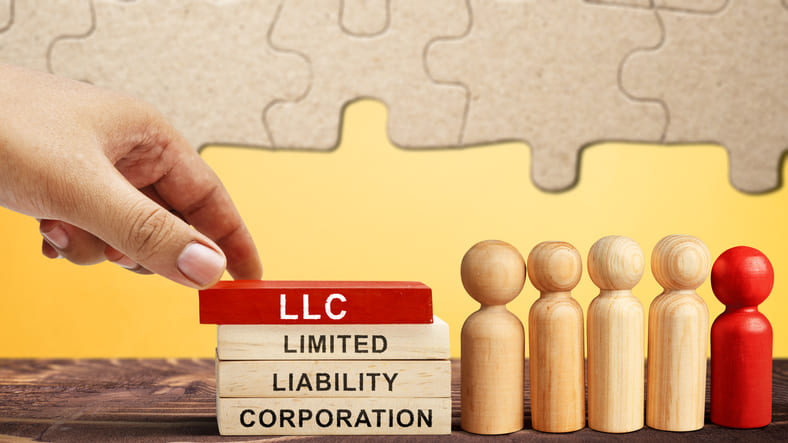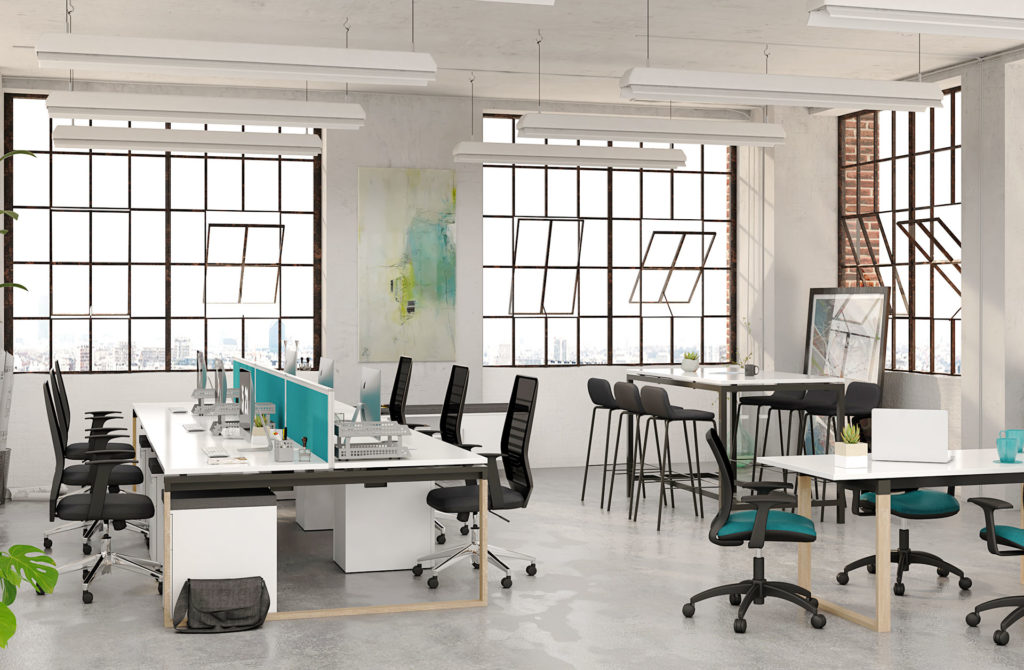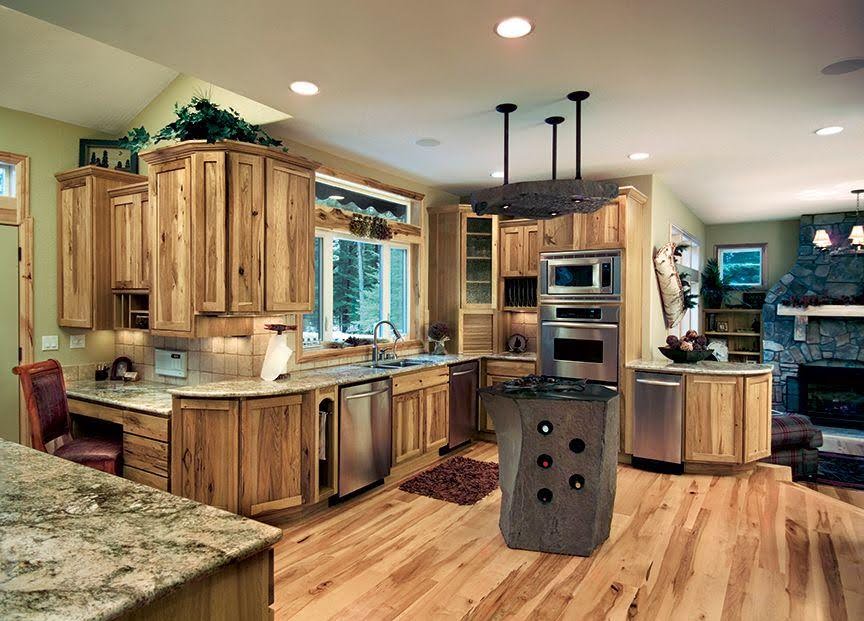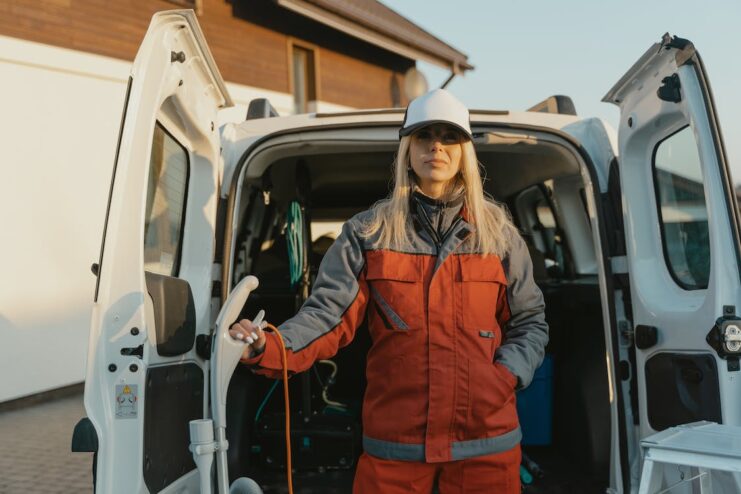[ad_1]
In the ever-evolving landscape of modern workplaces, the importance of collaboration and connection cannot be overstated. As organizations strive to foster creativity, innovation, and efficient teamwork, the design and arrangement of office furniture play a pivotal role in shaping the work environment. In this article, we will explore how thoughtful furniture choices can enhance collaboration and connection among team members in the office.
Office Furniture
Gone are the days of isolated cubicles and closed-door offices. The contemporary workplace places a premium on open, collaborative spaces that encourage interaction and idea exchange office furniture. To facilitate this shift, office furniture has transformed to meet the needs of the dynamic, team-oriented work culture.
One of the key elements in creating collaborative workspaces is the selection of adaptable furniture. Modular desks and workstations, for example, offer flexibility in arranging the office layout to suit different team projects. These configurations can be easily reconfigured to accommodate both individual focus work and collaborative group tasks.

Open Seating Plans and Shared Workstations
Open seating plans have gained popularity as they break down physical barriers and promote a sense of unity among team members. Shared workstations, equipped with ergonomic chairs and adjustable desks, encourage spontaneous conversations and quick problem-solving sessions. The elimination of hierarchical seating arrangements fosters a more inclusive and egalitarian work culture.
Furniture choices in these open spaces should prioritize comfort and functionality. Ergonomically designed chairs provide comfort during prolonged collaborative sessions, and adjustable desks cater to the diverse needs of employees, promoting a healthy and productive work environment.
Furniture Manila
In addition to traditional meeting rooms, creating informal huddle spaces and comfortable lounge areas can significantly contribute to collaboration furniture manila. Furnishing these spaces with modular sofas, soft seating, and coffee tables encourages impromptu discussions, brainstorming sessions, and team-building activities.
The availability of these alternative work settings acknowledges that collaboration happens not only in structured meetings but also in the spontaneous interactions that occur throughout the workday. It also recognizes the importance of providing employees with a variety of spaces that suit different work styles and preferences.
Technology Integration for Seamless Collaboration
In today’s tech-driven era, integrating technology into office furniture is a game-changer for collaboration. Collaborative tables with built-in power outlets, USB ports, and wireless charging capabilities enable team members to stay connected and charged up during meetings. Interactive whiteboards and video conferencing equipment further enhance the collaborative experience, allowing teams to work seamlessly across geographical boundaries.
Choosing furniture that accommodates technology not only streamlines the collaboration process but also demonstrates a commitment to staying at the forefront of industry trends. It creates an environment where employees feel empowered to leverage technology for improved communication and productivity.

Mobile Pedestals
While collaborative spaces are crucial, it’s equally important to acknowledge the need for individual focus work. Incorporating personalized workstations within larger collaborative areas strikes a balance between teamwork and individual productivity mobile pedestals. Adjustable dividers, acoustic panels, and noise-canceling furniture can help create a more private atmosphere when needed.
This blend of collaborative and individual spaces recognizes the diverse nature of tasks within a team and ensures that employees have the freedom to choose the most suitable environment for their specific work requirements. Providing this flexibility contributes to a positive work culture, where employees feel supported and valued.
Encouraging Movement with Flexible Furniture
Static work environments can hinder creativity and collaboration. Introducing flexible furniture solutions, such as standing desks, mobile workstations, and collaborative tables on casters, promotes movement and adaptability within the office. Employees can easily reconfigure their workspace to meet the demands of different projects, fostering a sense of autonomy and control over their environment.
Moreover, encouraging movement has proven benefits for physical health and overall well-being. Adjustable furniture not only supports collaboration but also contributes to a more dynamic workplace that prioritizes employee health and engagement.
Counter Table Design
Incorporating natural elements into office spaces has gained traction with the rise of biophilic design. Plants, green walls, and natural light not only enhance the aesthetic appeal of the workspace but also have a positive impact on employee well-being and productivity.
Selecting furniture that complements biophilic design principles, such as wooden finishes and organic shapes, creates a harmonious and inviting atmosphere counter table design. This approach to office design fosters a connection with nature, reducing stress and increasing overall job satisfaction.
Conclusion
In conclusion, collaboration and connection are integral to the success of any modern workplace. Thoughtful selection and arrangement of office furniture play a crucial role in shaping an environment that fosters teamwork, creativity, and innovation. From open seating plans and shared workstations to huddle spaces, technology integration, and flexible furniture solutions, every element contributes to creating a dynamic and collaborative workspace.
As organizations continue to prioritize the well-being and productivity of their employees, investing in furniture that supports collaboration becomes not only a strategic decision but also a reflection of the company’s commitment to fostering a positive and inclusive work culture. The evolution of office furniture is a testament to the evolving nature of work itself, acknowledging that collaboration is not just a buzzword but a fundamental driver of success in the modern workplace.
[ad_2]
Source link












